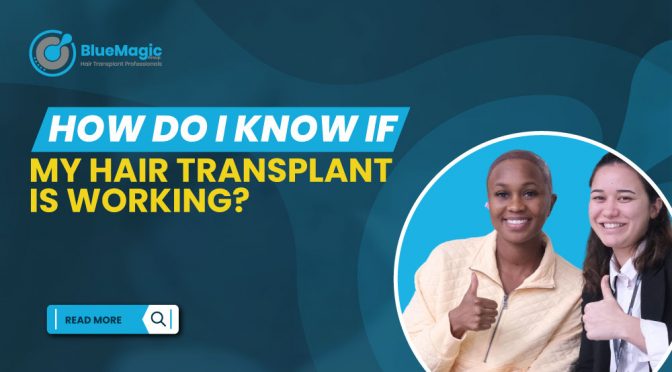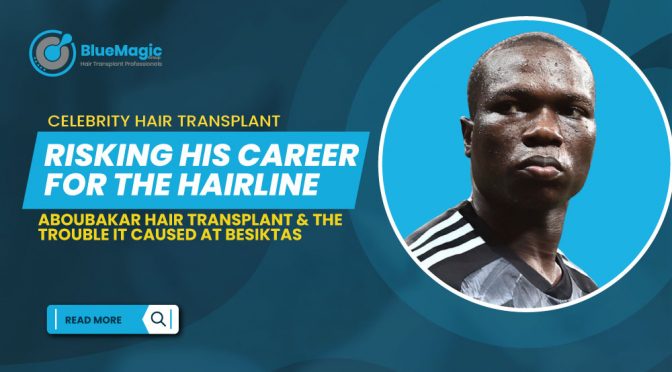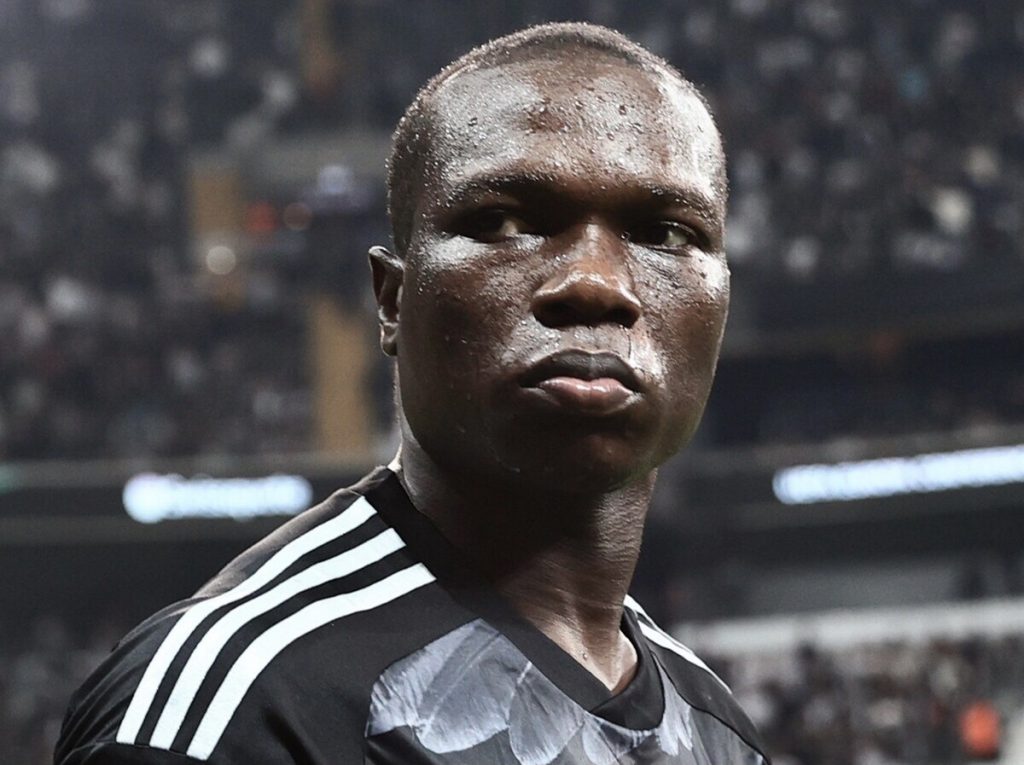The journey to regaining hair can bring about many worries but also hopes for increased confidence and self-esteem.
Following a hair transplant surgery, patients often have numerous concerns, and any side effects may cause anxiety. Online information can be misleading and inaccurate, adding to their worries about whether the transplant will be successful.
To ease these concerns, BlueMagic Group Clinic has established a dedicated aftercare department. Each patient is assigned a personal Patient Care Coordinator who stays in touch for up to 12 months post-procedure. This ensures peace of mind and helps patients follow the correct aftercare procedures for optimal results.
One common question patients ask our Patient Care Coordinators is, “How do I know if my Hair Transplant is working?” To address this, we’ve created this article outlining the recovery milestones and when to seek further advice.
Understanding Hair Transplant Processes
Each step of the hair transplant process, from selecting the right procedure to following through with post-operative care, plays a crucial role in the success of the surgery. Therefore, it’s important to understand the most important factors of the surgery.
- Types of Hair Transplant Procedures:
- DHI (Direct Hair Implantation): Your surgeon will extract hair follicles from an area of your scalp, typically the back of your head, and place them into bald areas.
- FUE (Follicular Unit Extraction): Individual follicles are removed from the back of the head and grafted into the recipient area, minimizing scarring.
- Ideal Candidates:
- Must have healthy hair on the sides and back of the head to serve as donor areas.
- Should be in good health with realistic expectations about the results.
- Thick, light-coloured, or grey hair tends to yield better results.
- Post-Operative Care:
- Rest and wear a bandage or dressing on the head for at least one to two days post-surgery.
- Follow specific instructions for hair washing and care to ensure the delicate grafts in the recipient area are managed properly.
- Avoid certain activities like heavy exercise, swimming, and direct sun exposure in the weeks following the procedure.
The choice between DHI and FUE depends on individual needs and preferences, with both methods offering their unique advantages. Proper candidate selection and adherence to post-operative care instructions are key to achieving long-lasting, natural-looking results.
Initial Signs of Success
According to hair transplant surgeons and patient care specialists at BlueMagic Group Clinic, the early success of a hair transplant is indicated by the following signs:
- New Hair Growth: Within three to four months post-procedure, new hair begins to appear in the transplanted area, marking the first visible sign of success.
- Density and Texture: Over time, an increase in hair density leads to a fuller head of hair. The texture of the new hairline should match the existing hair, whether curly, straight, or wavy, ensuring a natural look.
- Design and Distribution:
- A natural-looking hairline design, tailored to individual features such as forehead shape and natural hair growth angle, becomes evident.
- Uniform distribution of new hair growth without visible patches or thin areas ensures seamless integration with existing hair.
Additional indicators include minimal scarring in the donor area, with any scars being tiny, dot-like, and usually unnoticeable. The new hair should also match the existing hair colour for a consistent appearance. Importantly, the absence of severe or prolonged pain post-surgery is a good sign, alongside regular follow-up appointments with the specialist for optimal care and evaluation. Patient satisfaction, based on factors like natural appearance, density, and uniformity, ultimately determines the perceived success of the transplant.
How do I know if my Hair Transplant is working: Hair Growth Timeline Post-Transplant
Understanding the timeline of hair growth post-transplant is crucial for setting realistic expectations and monitoring progress. Here’s a detailed breakdown:
- Initial Weeks to Months:
- After 7 days: The healing process begins, bandages are removed, and discomfort can be managed with over-the-counter pain medication.
- End of Month 1 – Month 2: Hair follicles enter the resting phase of their cycle.
- Months 2 – 4: New hairs start to show, initially thin and possibly patchy.
- Months 3 – 4: New hair becomes thicker and stronger, with a significant growth spurt.
- Mid to Late Stages:
- Months 5 – 9: A considerable amount of hair emerges, thickens, and the donor area heals.
- Six months: The majority of transplanted hairs should have penetrated through the scalp and matured.
- Nine to twelve months: All transplanted hairs should have matured, thickened, and darkened fully.
- Final Results:
- 1 Year: About 80% of the growth from transplanted hairs is visible.
- 12-18 Months: Final results are appreciated – hair is full, thick, and natural-looking.
It’s important to note that during the first 3 months, virtually all transplanted hairs will fall out due to shock loss, but this is a normal part of the process, and new hair growth will commence around the 3-month mark. The rate of re-growth increases, and by the sixth month, half of the result may be visible.
One of our patients, Joe, documented his full recovery journey, for 12 months, by doing frequent update videos. If you would like to see a real-life patient recovery process, take a look at his videos here!
When to Consult Your Surgeon
You have to keep in mind that it’s essential to be vigilant about the healing process and aware of when it’s crucial to consult your surgeon. Here are some key points to consider shared by BlueMagic Group Clinic surgeons:
- Post-Surgery Symptoms: If you are experiencing symptoms such as pain, swelling, and scarring post-surgery. While these are common, any excessive or prolonged symptoms should prompt a consultation with your surgeon to ensure everything is healing as expected.
- Medication and Care: Following the surgery, you might be prescribed medications, including antibiotics to prevent infection, anti-inflammatories to reduce swelling, and hair growth stimulants to support the success of the transplant. Adhering to these prescriptions is vital, and any adverse reactions should be discussed with your surgeon.
- Special Considerations for Scarring Alopecia:
- Patients with this condition are potential candidates for hair transplant surgery, provided their scarring condition has been inactive for at least two years.
- Before surgery, multiple steps are taken to ensure the disease is not active, and patients must continue their medical treatment post-surgery.
- Regular follow-ups with a dermatologist are essential to manage the condition and monitor the success of the transplant.
In summary, staying connected with your hair transplant provider, following post-operative care instructions, and attending follow-up appointments are key steps to ensure the best outcomes from your hair transplant surgery.
Conclusion
The essence of achieving a successful hair transplant lies not only in the surgical expertise but also in your commitment. The most crucial thing is following postoperative guidelines and maintaining open lines of communication with their surgeon. As we conclude, remember that the path to a successful hair transplant is paved with patience. Always make sure to have clear and realistic expectations and do your research before choosing a clinic. It’s important to choose a provider that will be with you every step of the way even after the surgery.


